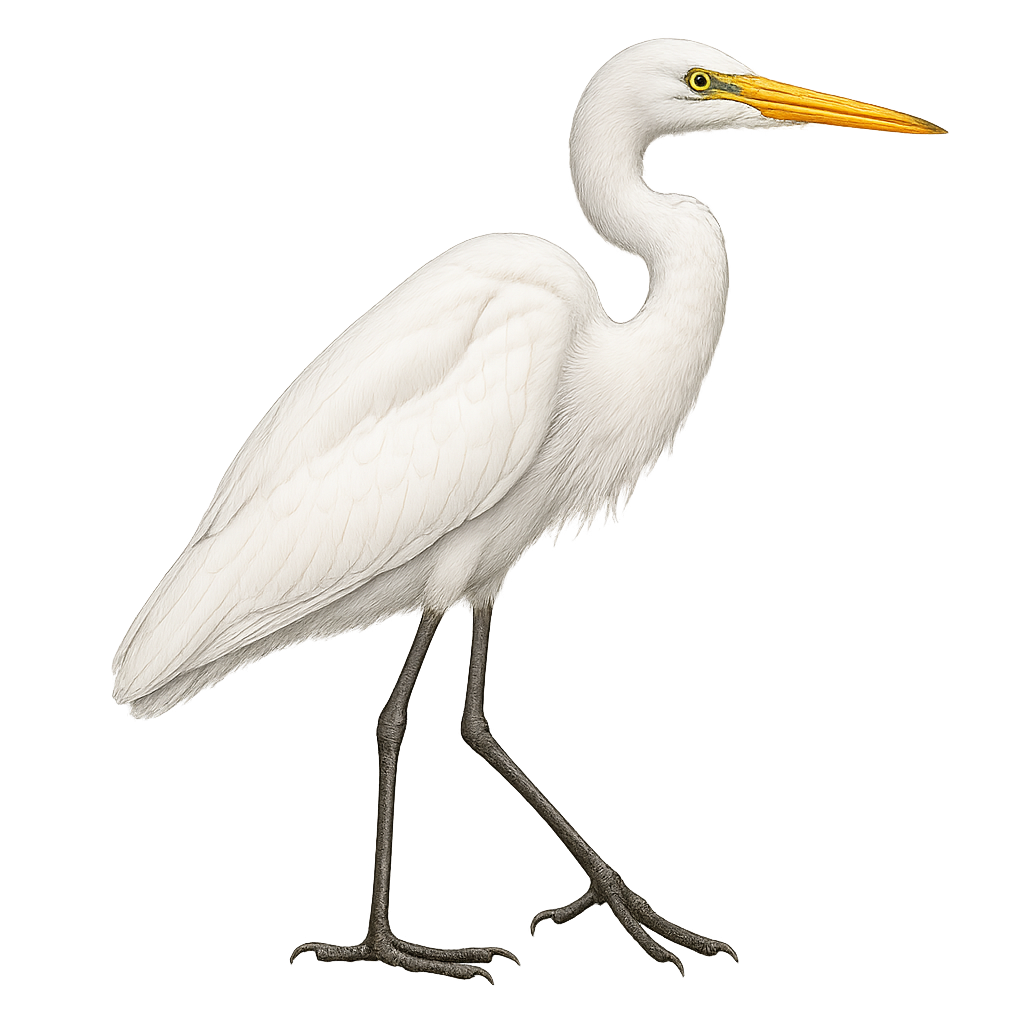Your wildlife photography guide.
Explore the yellow-billed egret in detail, study its behavior, prepare your shots.
Where to observe and photograph the yellow-billed egret in the wild
Learn where and when to spot the yellow-billed egret in the wild, how to identify the species based on distinctive features, and what natural environments it inhabits. The WildlifePhotographer app offers tailored photography tips that reflect the yellow-billed egret’s behavior, helping you capture better wildlife images. Explore the full species profile for key information including description, habitat, active periods, and approach techniques.
Yellow-billed Egret
Scientific name: Ardea brachyrhyncha

IUCN Status: Least Concern
Family: ARDEIDAE
Group: Birds
Sensitivity to human approach: Suspicious
Minimum approach distance: 10 m
Courtship display: May to July
Incubation: 26-28 jours
Hatchings: May to August
Habitat:
Marshes, rivers, lakes
Activity period :
Primarily active during the day, with peak activity in the morning and late afternoon.
Identification and description:
The Yellow-billed Egret, or Ardea brachyrhyncha, is a graceful and slender bird, primarily white with a distinctive yellow bill. It primarily inhabits the wetlands of sub-Saharan Africa, favoring marshes, rivers, and lakes. Its immaculate white plumage contrasts with its long black legs, ideal for wading in shallow waters in search of prey. This heron is an opportunistic hunter, feeding mainly on fish, amphibians, and aquatic insects. Although generally solitary, it can be seen in small groups during the breeding season. Its flight is graceful, with slow wing beats and a retracted neck.
Recommended lens:
400mm – adjust based on distance, desired framing (portrait or habitat), and approach conditions.
Photography tips:
To photograph the Yellow-billed Egret, it is advisable to use a telephoto lens of at least 400mm to capture detailed images without disturbing the bird. The best opportunities arise early in the morning or late in the afternoon when the light is soft. Look for areas where the bird is active, such as the edges of marshes or rivers. Be patient and discreet, using the surrounding vegetation to camouflage yourself. A tripod can be helpful to stabilize your camera and achieve sharp shots.
The WildlifePhotographer App is coming soon!
Be the first to explore the best nature spots, track rutting seasons, log your observations, and observe more wildlife.
Already 1 431 wildlife lovers subscribed worldwide

